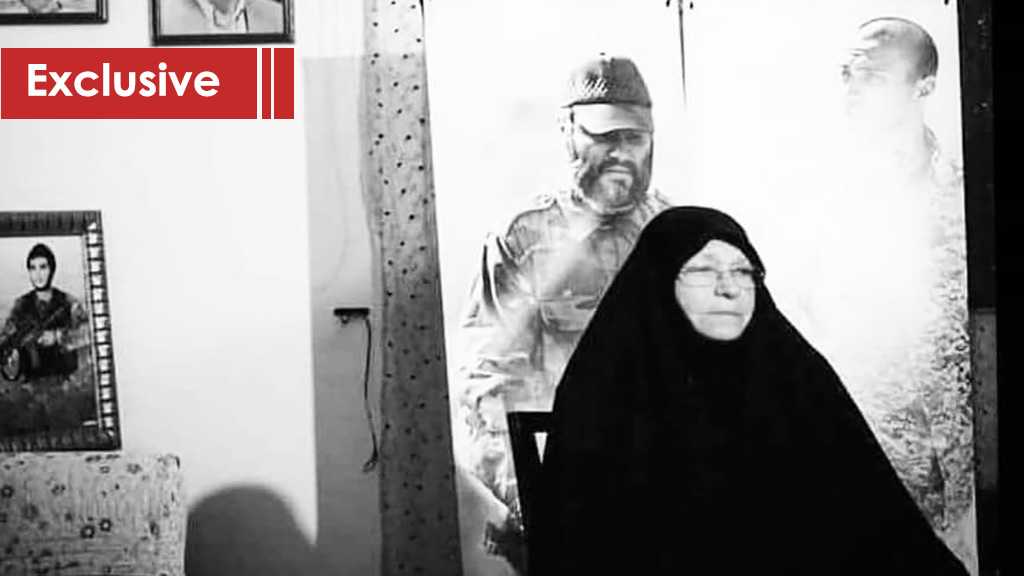21 Feb 2021
By Lea Akil
Normalization has many strings attached, one of which is the theft and looting of Arab heritage. How does the latter nourish the normalization process?
Over the years, we’ve heard the term ‘normalization’ used several times as numerous Arab states signed agreements with the occupying Israeli state. There are several questions that one can’t help but raise about normalization, Arabs, and “Israel”. What is the definition of normalization? What impact does it have on the region? What, above all, can the Zionist party gain from normalization? This treacherous agreement, signed with the blood of innocent Palestinians, is a gateway to a variety of routes, one of which is the theft of Arab heritage.
The boycott and rejection of normalization in our Arab countries have a long history, dating back to the early twentieth century when national, patriotic forces pushed for it in the face of colonial occupation. But the walls of boycott walls broke down as Arab states consecutively began normalizing ties with the enemy.
Having said that, the strategy of implementing normalization is predominantly controlled by American and European parties in conjunction with the Zionist political levels, with no mention of its cultural and religious levels, implying that the plan’s target audience is the Palestinian and Arab population. Through objective academic research systems and curricula apart from politics, the project developed an infiltration strategy to target the centers of Arab cultural immunity, which are represented by religious, cultural, and media institutions.
The Zionist entity is primarily concerned with political and economic normalization, with a secondary interest in cultural normalization, in the sense that they refuse to acquire Arab culture, but at the same time aim to impose theirs. Their goal is to build a steady Western presence in the Middle East and refuse to open up to the Arab-Islamic culture of the region. However, cultural normalization is a tool utilized to encourage the Arabs to break down barriers, which paves the way for the theft of the Arab heritage.
A future away from the past
The Zionists and their allies want to eradicate the “state of perplexity” that has developed in the Palestinian, Arab, and Muslim mindset about “Israel”, so that hatred turns paradoxical.
Through normalization, they intend to wash out the depths of culture and civilization, instilling twisted and dismembered truths and creating a fait accompli. They also try to discredit the realities that have formed the bedrock of Islamic culture and Arab nationalism for decades.
Because the dispute is entrenched in people’s knowledge, culture, collective memory, and national conscience, cultural normalization will be the determining factor in the long run. Without developing communication and cultural normalizing bridges, it’s difficult to penetrate historical, religious, and cultural normalization.
Hence, Zionist calls to accelerate cultural normalization with the Arab world constitute today’s greatest “challenge”, not only to the Arab and Islamic thought, but also to the Arab-Islamic conscience, values, and heritage.
Policy of penetration
A strategy adopted by the US government and Zionists exerts effort in the Arab and Islamic region to besiege the cultural environment hostile to the aforementioned entities and to eliminate any source of rejection and resistance, regardless of whether they come from the Holy Quran, Islamic heritage, or any form of Arab heritage. That said, the process of politicizing art, culture, and thought through regional or international festivals, which include the Zionist entity, is essential to them.
International festivals such as film, theater, poetry, sports, and literature cram any opportunity for communication between Zionists, Arabs, and Palestinians into the activities of the festivals and punish any party that boycotts so, also denying states against normalization the right to host these international festivals.
Moreover, the Zionists can apply the policy of penetration by adopting a cordoning off policy to prevent anti-normalization groups from reaching media outlets and deprive them of international funding prospects, using the private and foreign media to promote normalization programs, suppress counter-media outlets, and influence attitudes toward symbols and ideals through indirect psychological influence, not to mention including the youth and women’s sectors as a target by using the presence of creative and cultural elites in order to normalize a reluctant or neutral discourse.
Why steal the Arab heritage?
The Jews faced a civilization shock and cultural crises at the beginning of their migration to the Palestinian territories, where they found a deep gap between reality and the dreams that the Zionist leaders planted in their minds. They had convinced them of the comfortable life that they would live in the “land of the fathers and grandfathers,” according to their claim.
The Land of “Israel” Research Association, which was created by the Zionist movement, was built after occupation forces seized the Palestinian National Museum in 1967, changed its name, and stole over a million pieces of Palestinian antiquities, claiming ownership and fabricating a false history for themselves, marking the beginning of heritage looting and cultural cleansing.
Earlier in history, in order to legitimize their so-called “state”, the occupied lands witnessed a flow of Jewish immigrants flocking to the region, Zionists looting Arab heritage, and now normalization agreements that attempt to give the occupation an “organic placement” in the region – how else would the occupation continue to stand?
Heritage looting
The Zionist enemy’s insistence on normalization, particularly in the cultural field, stems from its recognition that this field is qualified and capable of polluting the Arab thought and heritage, injecting distorted concepts and perceptions of its values, principles, and “national character,” among other things.
The sword of history
One way the Zionists chose to penetrate the Arab heritage is through literature and education. Why you might ask. How can literature and education help the Zionist project through normalization? Simple, what better way to normalize its presence other than rewriting history and leaving out any anti-Zionist teachings?
In 1948, after the Israeli occupation used coercion to capture Palestinian lands, claiming that it had a historical and religious right to the territory, it made up several claims and evidence to justify its claim, but history has always exposed the Israeli falsehoods and deception. As such, re-writing history in Arab books is a weapon for the Zionist entity.
The Arab world’s history can be re-written by falsifying various historical facts and axioms relating to the colonial settlement strategy that forced the Zionist entity into the Arab world, where the Israeli entity was founded.
Since most Arab schools include an anti-Zionist curriculum, which teaches students about the occupation of Palestine and the Zionist ideology, another way to penetrate the Arab world and influence its heritage is by abandoning anti-Zionist literature, documents, and writings, including those found in some holy books such as the Holy Quran. As one of the most important features of the structural elements of the Arab mentality, “Israel’s” scientific efforts to monitor, document, and analyze Islamic beliefs that impact the battle with Zionism are one of the most prominent aspects of Arab thought.
Through the normalization agreements, the Zionist campaign was able to become a scientific reference for the entire region through universities and research centers that lay down the groundwork for the Zionist project, which aims to destroy the cultural and civilizational identity of the entire Arab region.
Emirati-Israeli joint agreement
After the United Arab Emirates normalized ties with “Israel” in 2020, along with Bahrain, the Emirates signed a joint educational agreement with “Israel”. The memorandum aims to facilitate “cultural exchanges” between Emirati and Israeli students in general, as well as higher, technical, and vocational education. Cooperating in education is a strong Zionist tool to eliminate anti-Zionist education.
Furthermore, some Emirati textbooks are starting to include lessons that promote co-existence. The Institute for Monitoring Peace and Cultural Tolerance in School Education (IMPACT-se) has released research that looked at 220 Arabic-language textbooks from the UAE’s national curriculum that were printed between 2016 and 2021. Peacemaking was “by far” the top priority discussed in the textbooks reviewed, according to IMPACT-se.
According to the study, the books “promote patriotism, anti-radicalism, devotion to defending the homeland, and cooperating with friends,” as well as “provide a realistic approach to peace and security.”
Morrocan-Israeli joint agreement
Additionally, after Morocco signed the normalization agreement with “Israel”, both parties also signed a joint agreement to “honor the Jewish past in Morocco,” which includes the teaching of Moroccan “Jewish heritage” in several schools.
A newspaper said this agreement is not only a dedication to honor the Jewish past in Morocco but also to ironically create a future of “harmony and tolerance for all future generations.”
“A $1.5 million center dedicated to Jewish culture has been built in Essaouira, and now with the signing of this special Memorandum of Understanding agreement, a future of harmony and tolerance can be created for all future generations!” said Deputy US State Department envoy, Special Envoy to Combat Anti-Semitism, Elie Cohanim.
Israeli National Library
In 2012, the European Union financed a digitizing project for several rare Arabic books and manuscripts at the Zionist Library. In view of recent political changes in the region, the dangers of these scientific and research programs have increased. New normalization agreements between the Zionist entity and several Arab and Islamic countries are frequently followed by cultural, heritage, and scientific research understandings and cooperation.
That is how the Arabic-speaking Israeli library has become one of the Israeli occupation government’s most effective tools for reaching out to the Arab community in their mother tongue.
However, it goes without saying that the library is made from books looted by the Israeli government during the Palestinian Nakba. Tens of thousands of books were stolen from Palestinian homes under the supervision of the Israeli army and custodians of the Israeli National Library. In fact, the Nakba was considered a period that culturally destroyed Palestine, being the first attempt at heritage looting.
It is worth noting that, according to United Nations conventions, trafficking in cultural heritage is prohibited, and cultural heritage treasures, whatever they might be, should be returned to their home country if they were smuggled.
Colonizing the Arab kitchen
Heritage looting doesn’t stop at literature, history, and education; it also includes the Arab taste and cuisines. Before the Nakba, there was no such thing as an “Israeli Cuisine”, so the occupation chose not only to occupy the Palestinian lands but also to steal their cuisine and many other Arab cuisines in order to enrich their so-called culture, which, in return, could legitimize them before the international community.
In 2016, the Israeli airline El Al Airlines published a tweet, which sparked a lot of controversies and drew attention to “Israel’s” theft of Arab popular food and attributing it to itself. The tweet was: “What Israeli food do you like most: Hummus, Falafel, Shakshuka or Shawarma Rolls?” Needless to mention that all these are traditional Arab dishes.
In fact, falafel comes from the Egyptian kitchen, hummus (chickpeas) is a part of the Lebanese cuisine, shakshuka is Palestinian, and shawarma originates from Syria. Arabs, on their part, assert that Israeli adoption of their food is a part of a broader effort to minimize, if not erase, the Arab national identity.
Falsifying the connection of Arab cuisines to Israeli history is a political step by the occupation entity to send a brotherly message to the Arab region, which it aims to completely normalize ties with.
Read more: Dubai Expo; A Journey to What Future?
In one instance, Dubai TV hosted an Israeli chef to “talk about the Israeli cuisine” in a segment to explore the global cuisines of countries represented at Expo 2020, which is now taking place in Dubai. After normalizing with “Israel”, the UAE is now nourishing “Israel’s” heritage looting that “Israel” itself has been practicing for years.
The show sparked a wave of anger on social media for being complicit with the Israeli narrative and promoting parts of the Palestinian and Arab culture as Israeli, denying them ownership of prominent parts of their heritage, culture, and history.
Colonizing arts
“Israel” is considered stagnant in the field of arts, with no historical and cultural background whatsoever. That is why the occupation chose to loot many Arabic, specifically Egyptian, songs by turning them into Hebrew.
Some songs were taken from famous singers such as Abdel Halim Hafez, Ahmed Adawiya, Umm Khulthum, Lebanese singer Fairouz, and some modern singers such as Lebanese singer Elissa. The stolen melodies give the Israeli music a sense of belonging to the region, which pushes its normalization further into the region.
On the other hand, for the first time last year, Miss Universe contestants from the UAE took part in the pageant, and Morocco took part for the first time in 40 years, after the ratification of normalization agreements between their country and “Israel”.
The 70th Miss Universe pageant took place in occupied Palestine at the occupied city of Eilat (Um Al-Rashrash). The announcement sparked a wave of calls for a boycott of the competition’s location.
In light of the string of regional normalization agreements, the Israeli strategy has become focused on lending itself a sense of “organic placement” within the region through rapid ill-devised policies of faux-cultural and diplomatic rapprochements.
Read more: Bloody Crystals: An Israeli Attempt to Hide the Corpses
Diarna; cultural cleansing
Diarna (Our Homes) is a non-profit organization based in the United States, founded in 2008 by the Executive Director of the American Sephardic Federation, Jason Guberman, which allegedly aims at “preserving the Jewish heritage in the Arab countries,” but a deeper look into its activities reveals an insidious agenda.
In 2010, Diarna began using the latest 3D digital mapping techniques, along with traditional studies and oral interviews, to document more than 2,500 alleged Jewish sites in the Middle East and North Africa, including Morocco, Iraq, Algeria, Yemen, Tunisia, Syria, and Saudi Arabia.
On the other hand, one of the undeclared goals of this organization is claiming these sites as their own. Hence, attempting to steal parts of Arab heritage.
After the string of normalization agreements, “Israel” could be waiting for the Kingdom of Saudi Arabia to normalize relations next. If so, how does that feed the Zionist project in the region?
By following the organization’s plans and its relations with the Secretary-General of the Muslim World League, Muhammad bin Abdul Karim bin Abdulaziz al-Issa, we can easily realize that there is a special focus on certain regions in Saudi Arabia.
According to the leaked maps, the project targets the Tiran Island, in addition to the Jabal Tiran and Wadi Al-Yahud project in Khaybar, the Samwal Palace in Tayma, and Al-Baqi cemetery, the Kaab bin al-Ashraf fortress, and al-Seih neighborhood in Medina, as well as the city of Abu Arbash in Jazan and the city of Najran in the south.
No future without the past
The essence of normalization with “Israel” is to bring about change to the Arab and Islamic world, beginning with the recognition of “Israel” as the “promised Jewish state” in the region and reaching the restriction of the military capabilities of the Arab world and changing its political beliefs, as well as the region’s overall attitude toward this entity.
Hence, normalization in itself paves the way to fulfilling the Zionist agenda and goal in the region, considering the different tools to use in order to properly implement their process and plan. “Israel” aims to maintain a military and economic power in the region, but it can only do so by being recognized in the region, which is already happening. But where did this entity come from and why should it belong in the region? A question every anti-Zionist would answer, but some Arabs chose not to.
Cultural normalization and heritage looting helped in whitewashing the Israeli crimes in occupied Palestine and “warmly welcoming” the occupation in the region. Now you might wonder, how are the normalizing Arab states able to accept cooperating with an occupation government that has killed tens of thousands and displaced millions over the years?
After “Israel” was able to whitewash its image in front of some Arab states, it took a few steps closer to fulfilling the Zionist dream, which requires more looting of Arab heritage. By normalizing ties and colliding with the Arab culture in the normalizing states, the Arab heritage is in danger.
However, the Arab heritage will not fade from the resilient honorable states that till today have not abandoned the Palestinian cause and have stood in solidarity with the Palestinian martyrs and people. The norm should be that there is no place for normalization in the Middle East because there is nothing normal about the occupation.
Filed under: Bahrain, Morocco, Palestinian people, United Arab Emirates UAE | Tagged: Arab Heritage looting, Arab Nationalists Movement, Arab regimes, Culture and Heritage, KSA, Normalisation is betrayal, Normalization with Israel, The Zio-temporary entity | Comments Off on A battle for existence: How normalization endangers Arab heritage






















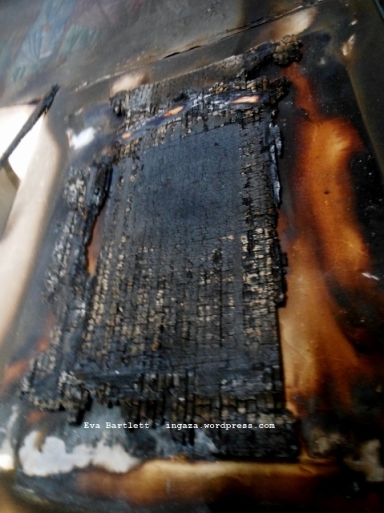




























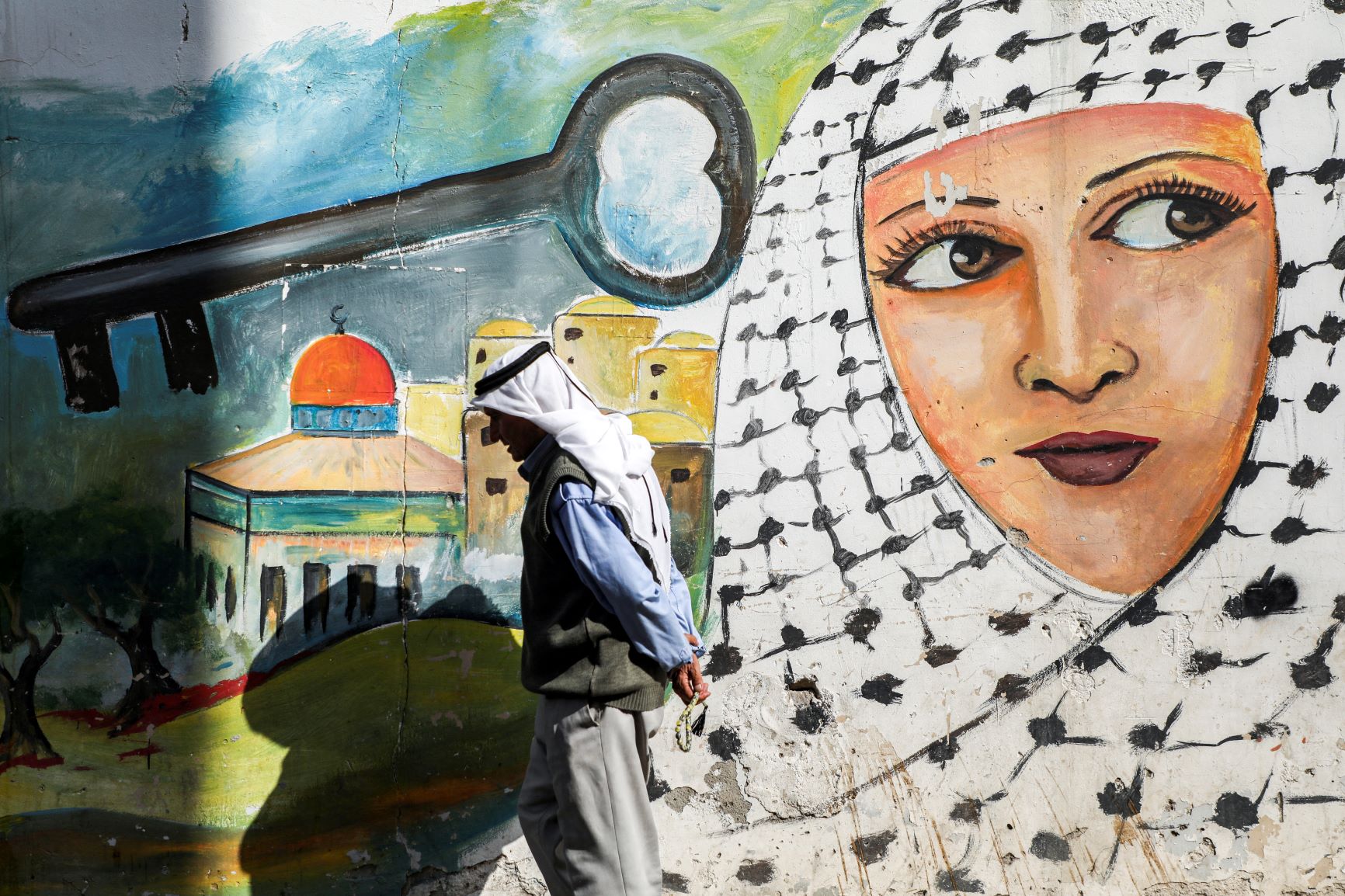




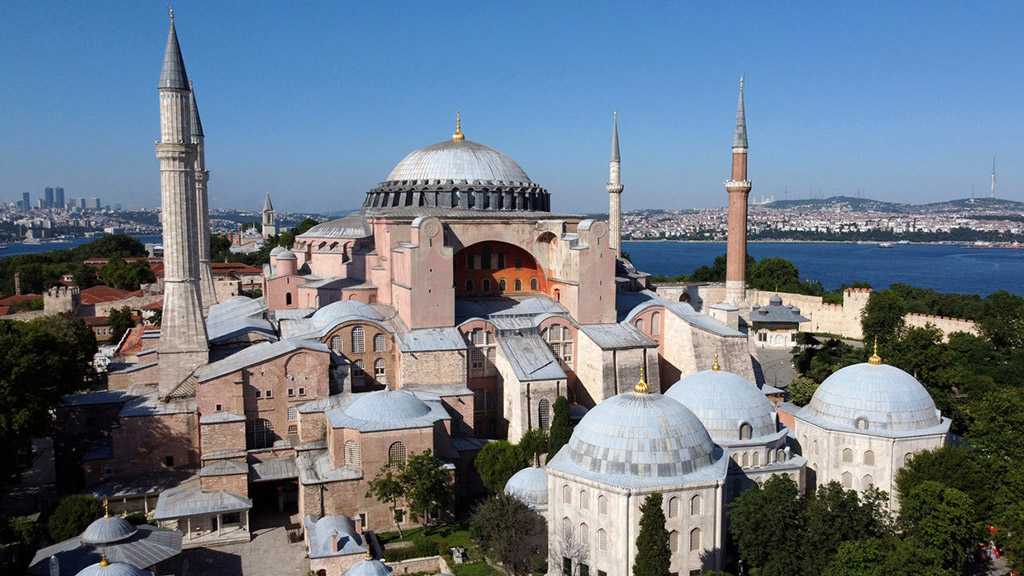





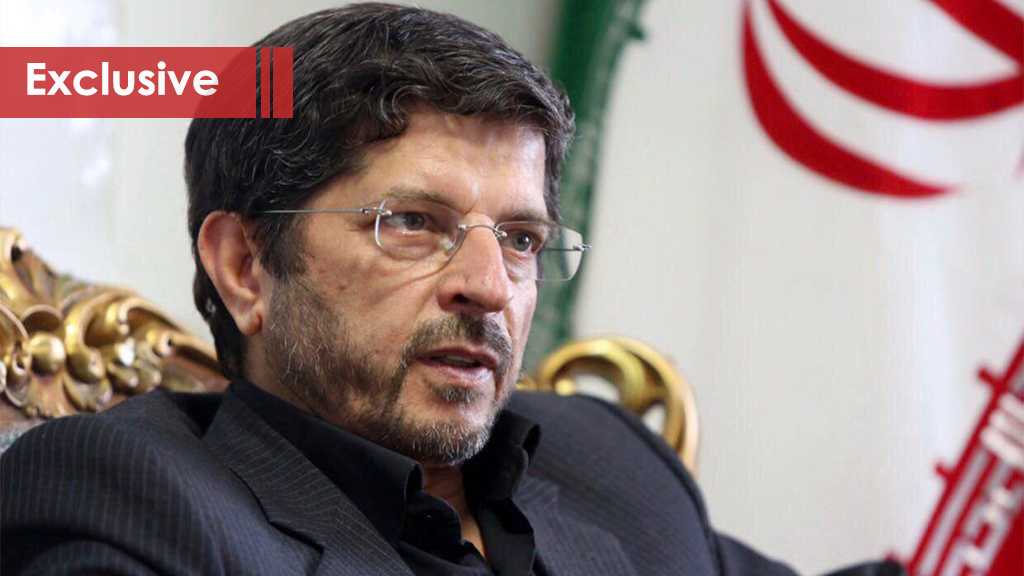
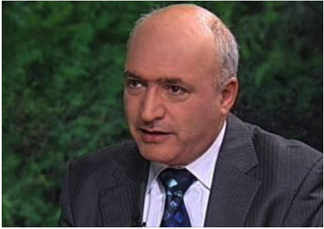

 The polish young woman decided to listen to her deep thoughts and follow her hunch that “there are extraordinary adventures just outside her doorstep.” So, the number of views her reports might get is less important than the experience she will get.
The polish young woman decided to listen to her deep thoughts and follow her hunch that “there are extraordinary adventures just outside her doorstep.” So, the number of views her reports might get is less important than the experience she will get. Refugees, IDPs, bombings, hell cannons, death toll, barrel bombs, etc. were, unfortunately, the front-page story of any news on Syria including the governorates of Aleppo and Damascus. Her two short feature videos on Damascus and Aleppo showed the opposite while the beneficiaries of the continuation of the war want to keep a distorted black image about Syria for their political and personal interests.
Refugees, IDPs, bombings, hell cannons, death toll, barrel bombs, etc. were, unfortunately, the front-page story of any news on Syria including the governorates of Aleppo and Damascus. Her two short feature videos on Damascus and Aleppo showed the opposite while the beneficiaries of the continuation of the war want to keep a distorted black image about Syria for their political and personal interests.




